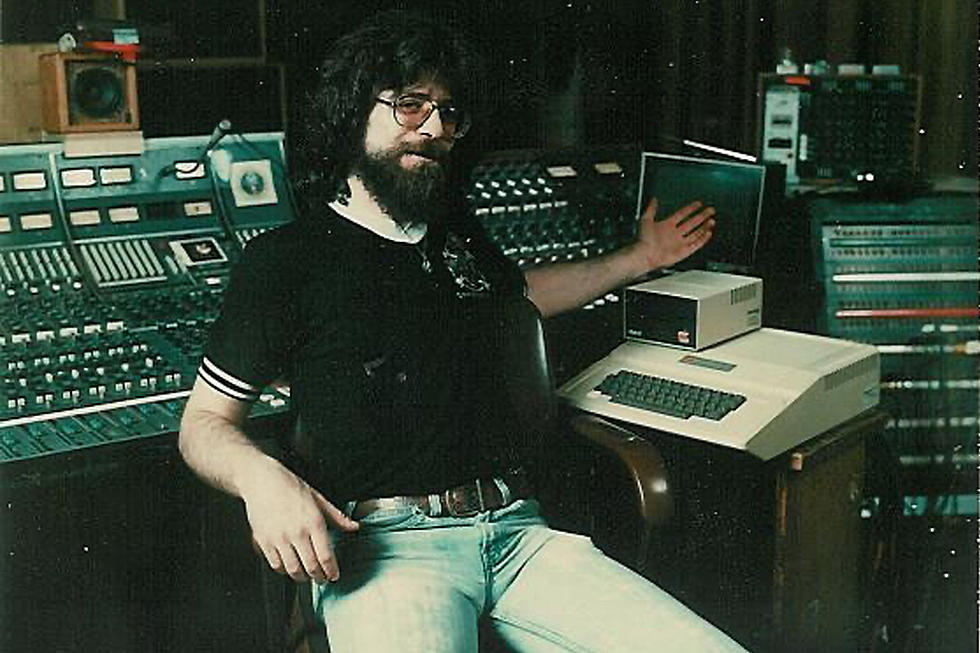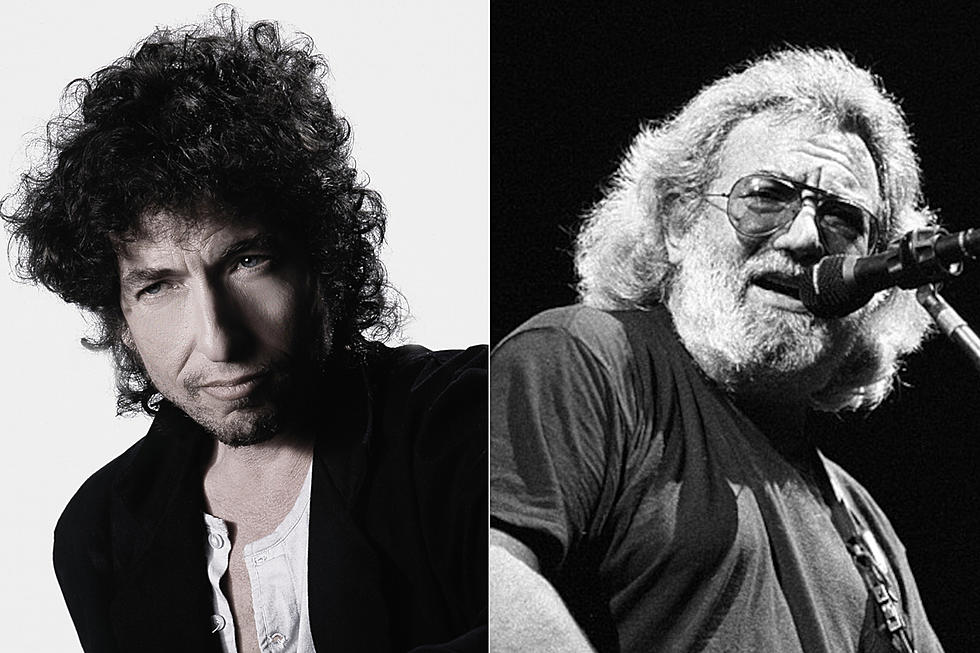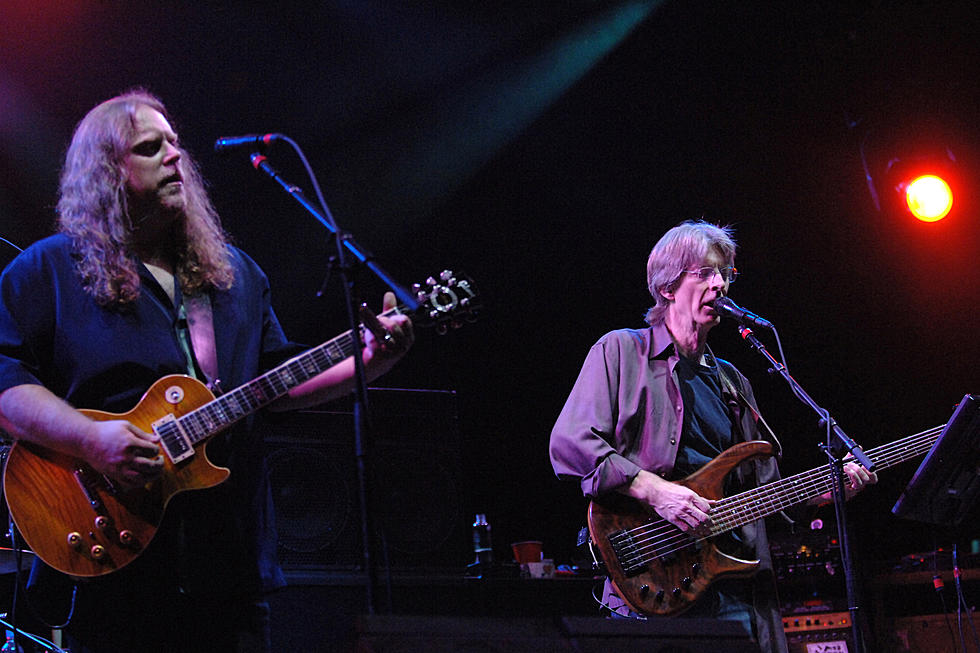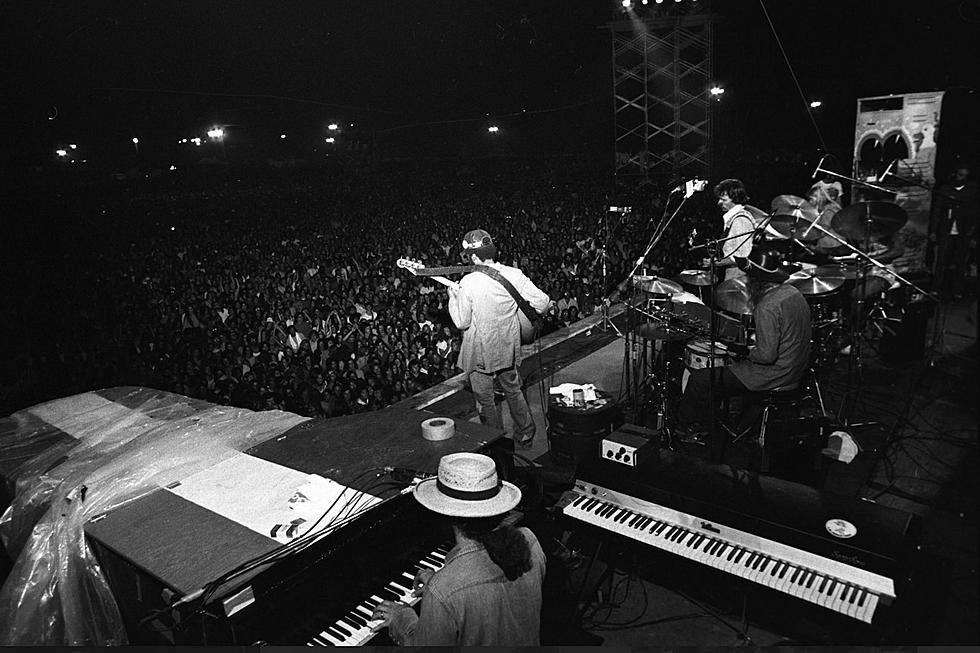
50 Years Ago: The Grateful Dead Play Their First Show as the Grateful Dead
One of rock's longest, strangest trips took an important turn on Dec. 4, 1965, when the Grateful Dead played their first show.
The Bay Area band wasn't an entirely new phenomenon when it took the stage in San Jose — in fact, they'd been gigging for several months as the Warlocks, playing their first show under that moniker on May 5, 1965. Unfortunately, almost as soon as they got started, bassist Phil Lesh discovered there was another band called the Warlocks already releasing records, so a name change was quickly in order.
The Santa Cruz Sentinel looked back on the Dec. 4 gig with a piece collecting new and archival interviews with band members and Dead historians that relive the group's fortuitous involvement with the so-called "Acid Tests" hosted by Ken Kesey, author of the seminal One Flew Over the Cuckoo's Nest.
The band was present at Kesey's first Acid Test on Nov. 27, but that was a smaller and more informal event than the one that unfolded on Dec. 4. In his book Deal: My Three Decades of Drumming, Dreams and Drugs with the Grateful Dead, drummer Bill Kreutzmann called that night "the first public Acid Test," and looked back on how close the freshly renamed Dead came to rubbing shoulders with rock royalty on the night of their big debut.
"The Rolling Stones were playing a concert down the street," wrote Kreutzmann. "Some effort was made to get Mick Jagger or Keith Richards to the party. But inside the Acid Test, something more important happened. We had already played all those shows as the Warlocks, but this was the start of something new, something different. It was bigger than itself for the first time."
The gig took place at a house in downtown San Jose — owned, as biographer Tony Sclafani wryly noted in his Grateful Dead FAQ, "by an African-American man given a now politically incorrect nickname by Ken Kesey" — with attendees charged a dollar for admission. For that small sum (worth roughly $7.50 in 2015), onlookers were treated to the sights and sounds of a young band finding its footing with the help of a freewheeling environment that encouraged the sort of boundary-flouting musical explorations that would later make the Dead famous.
"The Acid Tests offered an entirely new approach to the kind of music they wanted to play,” archivist Nicholas Meriwether told the Sentinel. "They wanted to play in an environment that didn’t have rigid structure. They wanted to play in an environment in which the boundaries between the performer and audience were either nonexistent or awfully permeable."
They found it that night — in spite, Lesh admitted, of the chemical-induced chaos and other assorted distractions at the Acid Test. "We found that while high we were able to go very far out musically but still come back to some kind of recognizable space or song structure,” he later wrote. "I knew instantly that this combination — acid and music — was the tool I’d been looking for."
The rest, as any rock fan knows, was history. Two years later, the Dead released their self-titled debut, and though it took a little time for audiences to catch up to the band — and for the band to perfect its unique musical alchemy — they'd end the decade as a rock group on the rise, and it all started at the Acid Test. As Kreutzmann pointed out, their performance at Kesey's party proved pivotal in more ways than one.
"The Rolling Stones never showed up," wrote Kreutzmann, "but Jann Wenner was there in the audience. Two years later, he founded Rolling Stone magazine — with a feature on the Grateful Dead in the very first issue."
Grateful Dead Albums Ranked Worst to Best
Rock's Most Hated Albums
More From Ultimate Classic Rock









